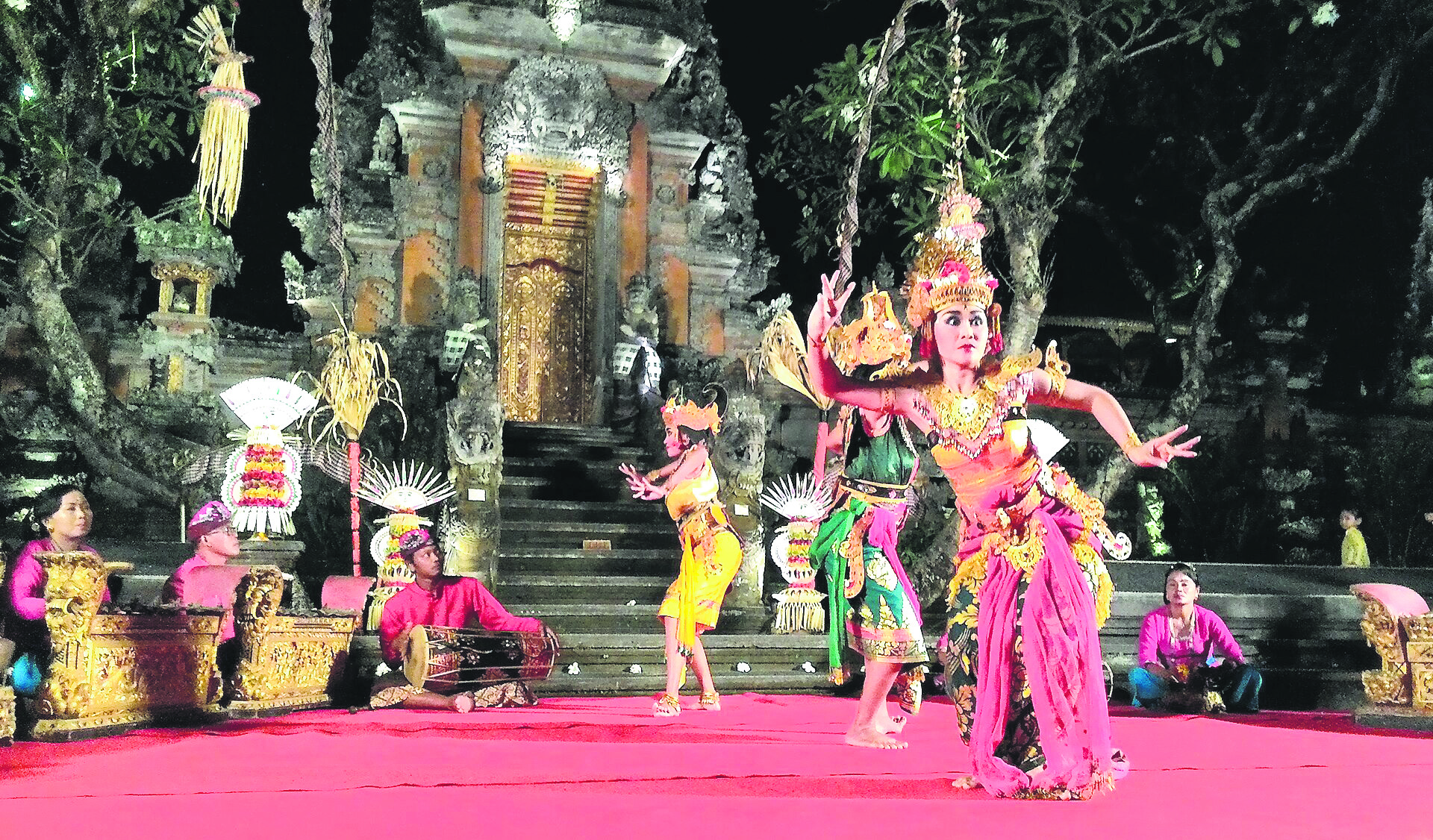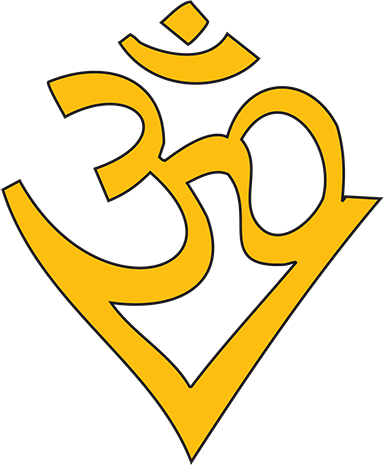
Ramayana’s reach extends far beyond Indian shores
Editor’s Choice Ramayana’s reach extends far beyond Indian shores

By Nitin Mehta
January 21, 2024
In 1786, Sir William Jones found the imprints of the stories of Rama and Sita in the remnants of the Mayan civilisation.
As we celebrate the grand opening of Shri Ram Mandir in Ayodhya the first thing to confirm is exactly how long ago was Lord Rama on this planet. We have 4 Yugas or ages. Satya, Treta, Dwapar and Kaliyuga. Lord Krishna came in Dwapar Yuga and the present Kali Yuga began when he departed over 5,000 years ago. The gap between each Yuga runs into millions of years. Lord Rama incarnated in Treta Yuga which means that he was hundreds and thousands of years before Lord Krishna. So those who keep claiming that Lord Rama was on this planet 10,000 years ago are wrong. Ramayana in the current language is a tool kit of how to live in a family, society and country. It has inspired generations going back tens of thousands of years. It is that magical legend which you never tire of listening to even though you may have heard it umpteen times. The most fascinating part is that it continues to inspire people in many parts of the world. Let us look at this.
PHILIPPINES
For at least two millennia before the arrival of the Spanish, the Philippines was ruled by Hindu and Buddhist kingdoms. In the Lanao province of the island of Minadano live the indigenous Marano people. It is a predominantly Muslim area. They have a dance form called Singkil based on the epic of Darangen, which is an interpretation of the Ramayana. In Dr Juan Francisco’s (1994) book, “From Ayodhya to Pulu Agama Niog; Rama’s Journey to the Philippines” the author traces Rama’s journey into Southeast Asia.
INDONESIA
Both Ramayana and Mahabharata remain hugely popular in Indonesia. It is said that Sugriva, the commander of Lord Rama’s army sent some of his soldiers to Java in search of Sita. These stories of Ramayana are shown in the Wayang puppet shows and dance performances. Wayang, which means a shadow, is a puppet show whose origins are in10th century southern India. At the magnificent Prambanan Temple in central Java, originally built in 850 by the Sanjaya dynasty, a ballet of the Ramayana is performed every evening. The Guinness Book has acknowledged it as the most continuously staged performance in the world. Almost all the actors are Muslim and they see no conflict of faith. In the Indonesian island of Bali, Kecak, a Balinese music and drama based on Ramayana is performed in temples and villages every day. It can have up to 150 performers.
THAILAND
Hindu and Buddhist influence arrived in Thailand from 250 BCE. The old capital of Thailand was called Ayutthaya, after Ayodhya. All kings in the current Chakkri dynasty of Thailand are referred to as Rama. This is said of King Rama 1 (1782-1809): “with the help of Brahmins, scholars and poets, he translated and completed the Thai version of Ramayana called Ramakian or, ‘honour of Rama’. The king built the, ‘The Temple of Emerald Buddha’ in his grand palace.” The walls of the temple compound are decorated in murals telling the story of Ramakian in its entirety.
MYANMAR
Formerly known as Burma, Myanmar has the Buddhist version of Ramayana called Yamanyana. It is hugely popular in Myanmar. Yama Zat Pwe stage shows of Ramayana are still held regularly. Ramayana was passed on from generation to generation orally. In the 19th century at the height of its popularity, Ramayana was performed in the royal palace by the royal troupes and professional artistes.
CAMBODIA
Reamker or Ramakerti, which means the Glory of Rama, is the national epic of Cambodia. Ramayana is an integral part of Cambodian culture. It is the mainstay of the royal ballet’s repertoire. The walls of the famous Angkor Wat temple complex depict scenes from the Ramayana going back nearly a millennium.
LAOS
The Laotian Ramayana, which is called Phra Lak Phra Ram forms an important part of the culture of the country. For almost 15 centuries the Ramayana was performed by the royal ballet troupe. The royal ballet troupe performs the Ramayana three times a week at the royal palace in Luang Prabang and also undertakes foreign tours.
KOREA
There is an ancient bond between India and South Korea. Koreans believe that a princess, Suriratna from Ayodhya travelled to Korea and married king Kim Suro in 48 CE. In the year 2000 an agreement was signed between to the twin the cities of Ayodhya and Gimhae, South Korea.
SOUTH AMERICA
In 1786, Sir William Jones found the imprints of the stories of Rama and Sita in the remnants of the Mayan civilisation. According to Spanish author Lopez (1871), “Every page of Peruvian poetry bears the imprints of the Ramayana and Mahabharata.” On the border of Honduras, in the autonomous region of Nicaragua there is a town called Rama and there is a river also by the same name. A stone sculpture of Hanuman exists in Honduras and also in Guatemala. Ramayana is very popular in Guyana, Trinidad and Tobago, Suriname and Fiji. Known as Ramcharitramanas in Guyana and composed by 16th century poet-saint Tulsidas, it is the main text of Hinduism in these countries.
RUSSIA AND SLAVIC COUNTRIES
The similarities between Sanskrit and the Russian and Slavic languages are many. The ancient orthodox church of Russia and Slavic people is called Ynglist. According to Ynglist calendar, their first month is called Ramah or Ramkha. Ramah is considered to be the supreme Lord.
With the opening of the grand Shri Ram Mandir in Ayodhya, Ramayana is bound to become hugely popular where Hindus have settled.
All the information in this article has been gleaned from the book, “Ancient India’s Imprints and Influences on the World”. The book is available on Amazon.
www.nitinmehta.co.uk

Recent Comments